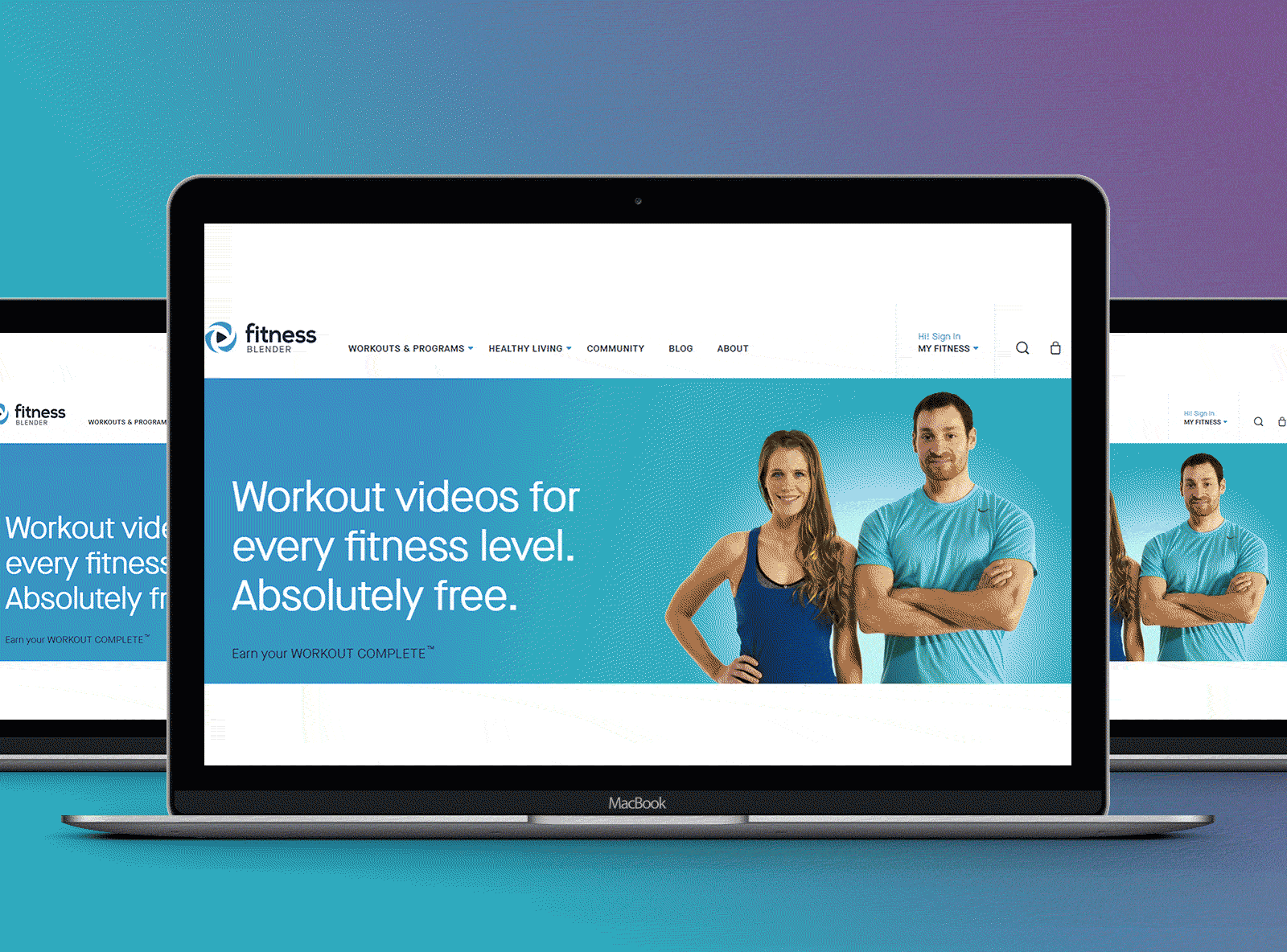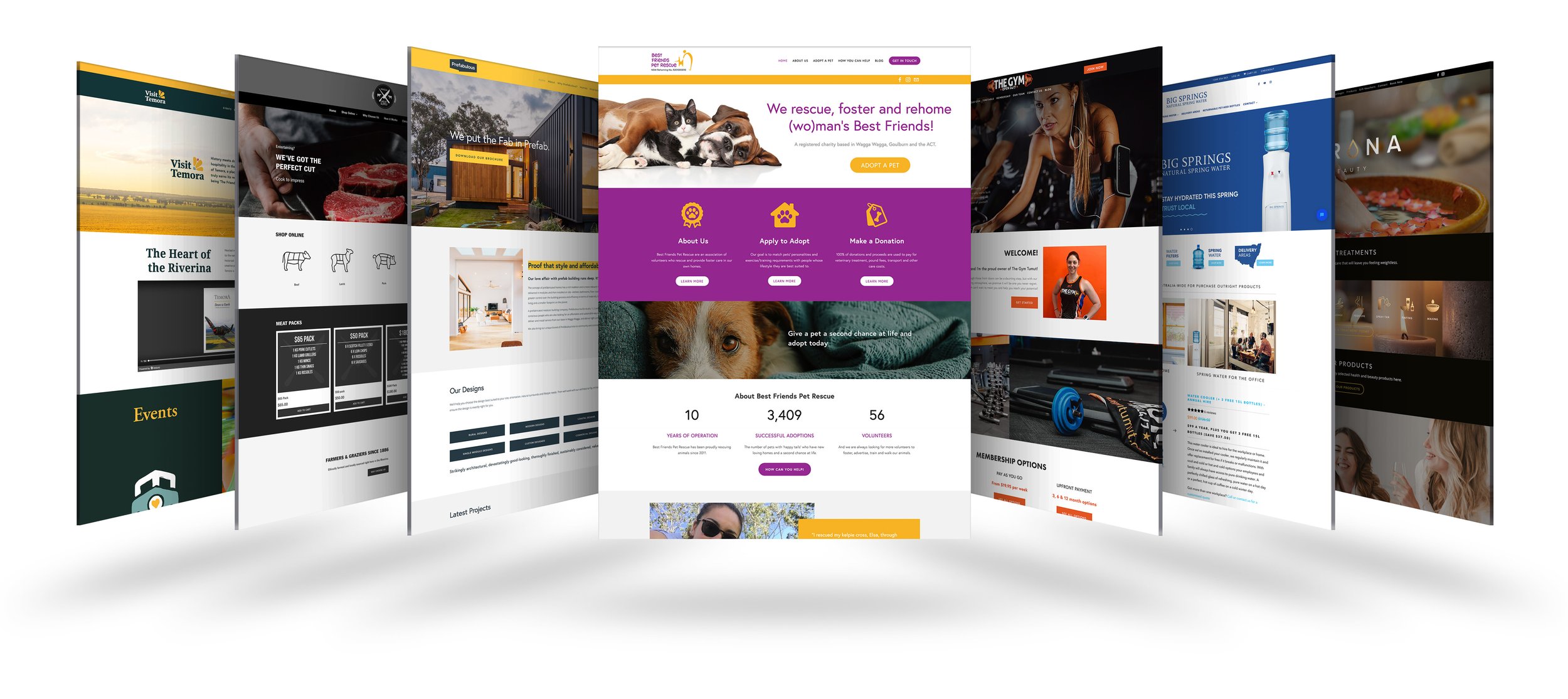Important Tips for Crafting High-Impact Website Layouts
In the world of electronic marketing, the layout of a website serves as a critical touchpoint for engaging prospective customers. To develop high-impact site styles, one have to consider important aspects such as target market understanding, individual experience, and aesthetic hierarchy.
Understand Your Audience
Understanding your audience is essential to efficient internet site style. A site that reverberates with its site visitors is typically the result of comprehensive research study and understandings right into individual demographics, actions, and choices. Recognizing target customers permits developers to tailor content, visuals, and performances that satisfy their certain requirements, enhancing engagement and fulfillment.
To effectively understand your target market, start by carrying out demographic analyses to gather data on age, gender, location, and rate of interests. This information serves as a structure for developing individual personalities, which represent the vital features of your target market. These identities guide decision-making in design components and material technique, ensuring placement with customer assumptions.
Additionally, analyzing customer habits through devices like Google Analytics can disclose just how visitors connect with your website. Metrics such as bounce rates and time on web page can highlight areas that require improvement or change. Individual studies and comments also offer vital insights right into preferences and discomfort points.
Eventually, a deep understanding of your audience is not just useful but necessary. It empowers developers to create even more appropriate, enticing, and functional internet sites that foster a favorable user experience and drive wanted results.
Prioritize Customer Experience
When developing an internet site, focusing on individual experience (UX) is extremely important to accomplishing both customer fulfillment and organization objectives. A well-crafted UX makes sure that visitors can navigate the website effortlessly, discover the info they require, and engage with content effectively. To achieve this, it is crucial to take on a user-centered layout method that includes understanding customer requires, choices, and behaviors.
Start by carrying out detailed research, including user studies and use screening, to collect insights into how users communicate with your website. This data ought to notify style choices, guaranteeing that layouts and functions straighten with customer assumptions. Structured navigating is important; visitors should be able to find info rapidly without unnecessary clicks or confusion.

Finally, make sure that your internet site is accessible to all customers, including those with impairments. Abiding by availability criteria not just widens your target market but also promotes inclusivity. By prioritizing UX, you lay the foundation for a successful site that meets both user needs and company goals.
Embrace Visual Pecking Order
A well-structured visual hierarchy plays a considerable role in enhancing user experience by guiding visitors' focus to one of the most crucial aspects of a web site. By purposefully preparing web content, designers can create a clear path for customers to adhere to, guaranteeing they involve with crucial details successfully.

Furthermore, the placement of elements on the web page is crucial. Leading the website link audience's gaze with the format can be achieved by positioning vital information on top or in the center, where customers normally begin their visual journey. Incorporating whitespace around components can additionally improve clarity, making it easier for customers to refine details without really feeling overwhelmed.
Lastly, using typography properly contributes to visual power structure. Various font style sizes, weights, and designs can denote significance, directing users with the material flawlessly. By accepting these principles, developers can produce an instinctive experience that cultivates interaction and encourages individuals to explore additionally.
Optimize for Mobile
Mobile optimization is essential in today's digital landscape, as a substantial section of web website traffic comes from mobile phones. To ensure a smooth user experience, web sites need to be designed with mobile individuals in mind. This involves utilizing receptive website design strategies that adapt the format, images, and text to fit numerous screen sizes while keeping functionality and aesthetics.
First, focus on loading speed, as mobile customers often operate slower networks. Maximize photos and reduce code to improve efficiency. In addition, navigation ought to be user-friendly; take into consideration carrying out a streamlined menu that allows simple access to necessary web pages without frustrating users.
Touch targets, such as buttons and links, have to be suitably sized, guaranteeing they are conveniently tappable without mistakes. In addition, ensure that kinds are mobile-friendly by minimizing input areas and making use of dropdowns where suitable, enhancing the individual experience.
Lastly, examination your internet site throughout different mobile devices and browsers to recognize any type of problems that may affect usability. By focusing on mobile optimization, you not only improve customer complete satisfaction but additionally favorably impact your site's internet search engine ranking, therefore drawing in even more site visitors and boosting total involvement.
Implement Strong Branding
A well-defined brand name not only distinguishes you from rivals but additionally promotes count on and commitment amongst your audience. This identity needs to be reflected regularly throughout go to this web-site all electronic touchpoints, including your website, social media, and email communications.
Visual elements such as logo designs, color pattern, and typography play a vital duty in branding. Choose a color combination that resonates with your target market and reflects your brand character. Make certain that your logo design is versatile and prominently shown on your internet site, enhancing brand name acknowledgment.
Web content is equally essential; your tone of voice must straighten with your brand name identification, whether it's professional, friendly, or authoritative. Engaging storytelling can even more strengthen your brand name, producing an emotional connection with individuals.
Final Thought
Finally, crafting high-impact internet site layouts demands a complex strategy that incorporates understanding the target market, prioritizing individual experience, and accepting aesthetic power structure. Optimization for smart phones remains imperative, alongside the implementation of solid branding approaches. By Learn More Here incorporating these aspects, web sites can properly involve customers, promote smooth navigating, and foster emotional connections that boost brand name identification. Ultimately, adherence to these principles adds to the production of efficient and compelling electronic experiences that resonate with target audiences.
To develop high-impact site styles, one must take into consideration necessary elements such as target market understanding, user experience, and aesthetic hierarchy.When making an internet site, prioritizing customer experience (UX) is critical to attaining both individual satisfaction and service objectives.Begin by conducting thorough study, including individual studies and usability testing, to collect insights into how customers communicate with your website. To guarantee a seamless user experience, web sites must be designed with mobile individuals in mind.In conclusion, crafting high-impact internet site styles necessitates a multifaceted strategy that encompasses recognizing the target market, prioritizing customer experience, and embracing visual power structure.